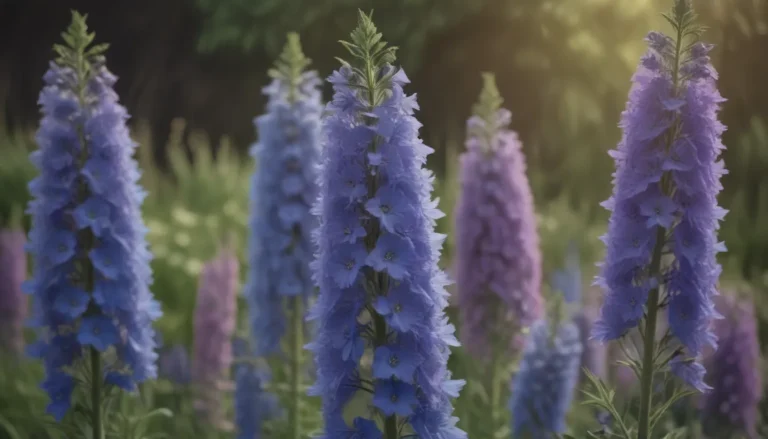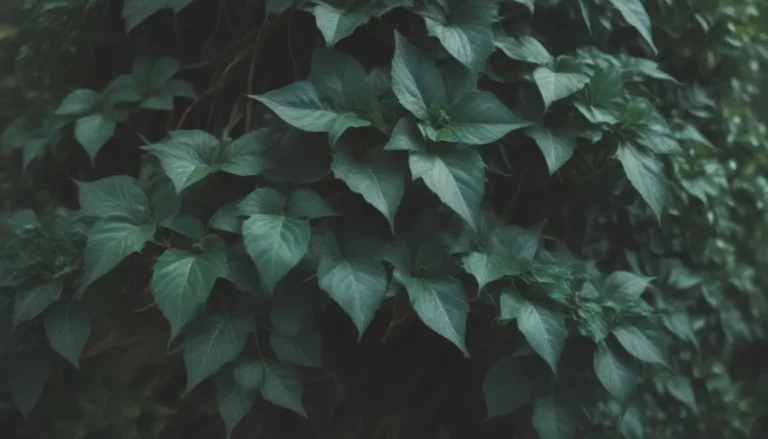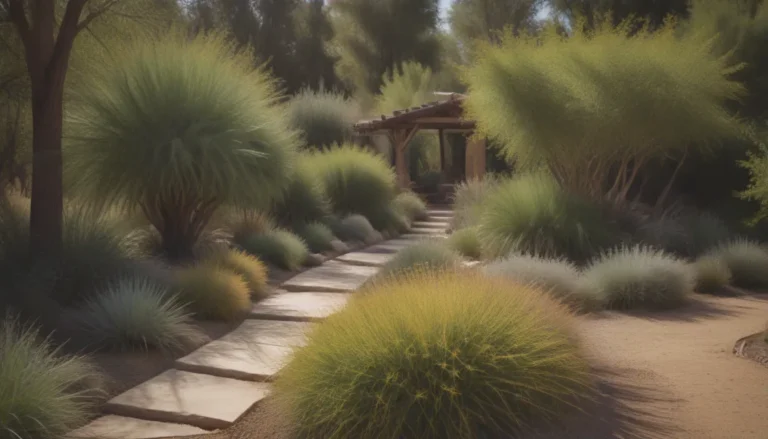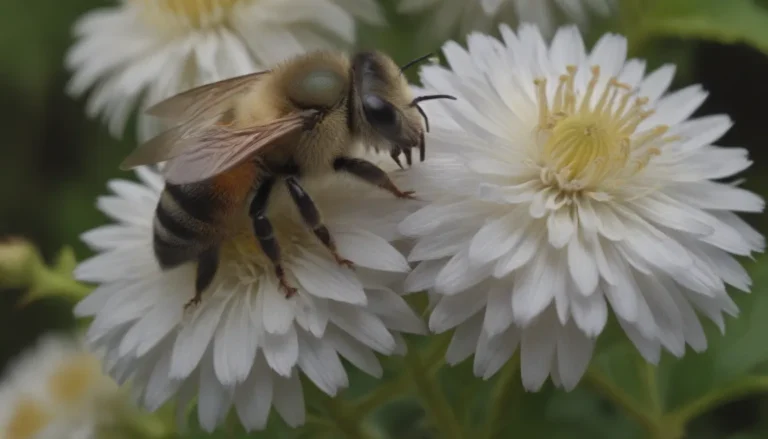Everything You Need to Know About Growing Magnolia Grandiflora (Southern Magnolia Trees)
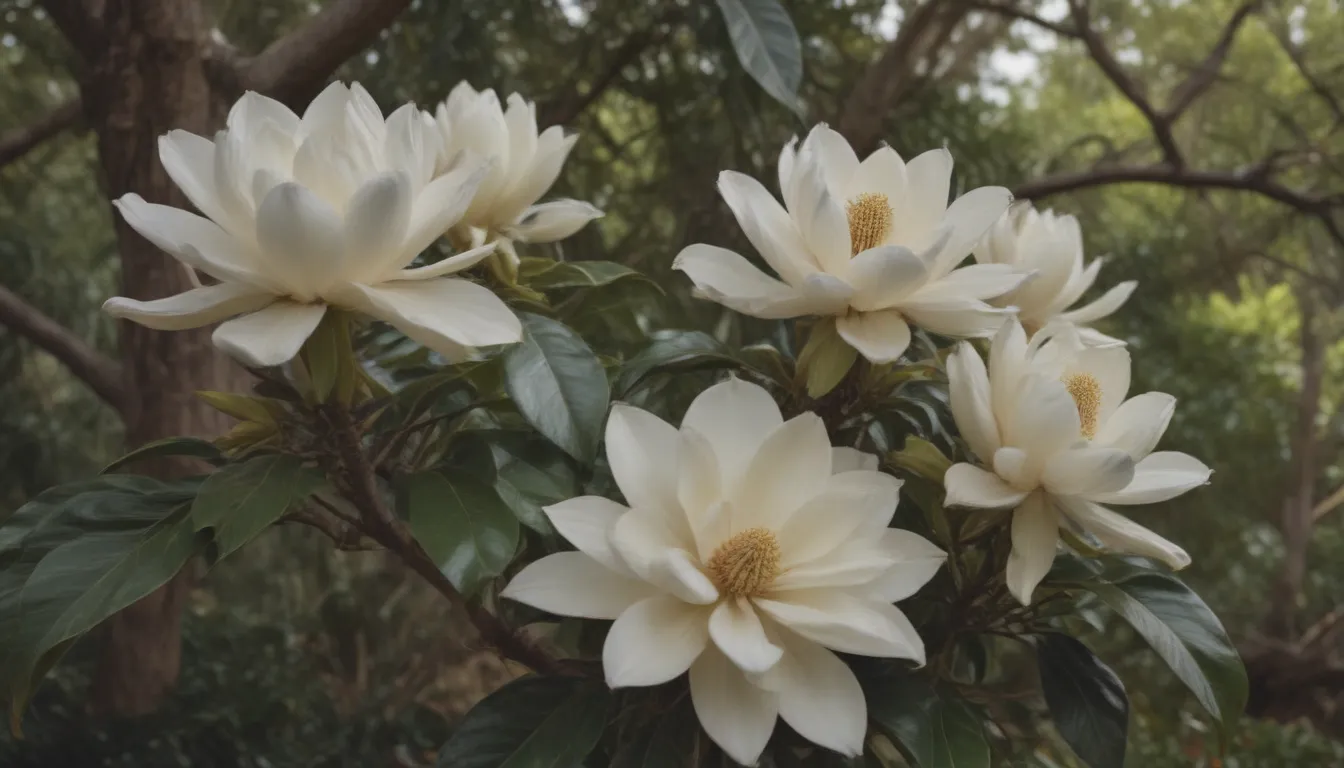
Are you looking to add a touch of beauty and fragrance to your landscape? Look no further than the southern magnolia (Magnolia Grandiflora). This adaptable evergreen tree is known for its stunning large white flowers, lustrous dark green leaves, and fall fruits that attract birds to your yard. While it may not be the largest tree, typically reaching 60 to 80 feet in height, it boasts a dense canopy and a shallow root system. Planting a southern magnolia requires ample space, mulch to prevent erosion, and careful consideration of what to grow underneath it. If you’re ready to add this gorgeous tree to your landscape, here’s everything you need to know about caring for and growing Magnolia Grandiflora.
Magnolia Grandiflora Care Tips
Southern magnolias are not only beautiful but also relatively easy to grow. To ensure your tree thrives, follow these care tips:
- Select a sheltered site that provides ample room for growth.
- Plant the tree in a hole at least as deep as its root ball, allowing for double the size of the original pot.
- Choose moist, well-drained soil, but know that Southern magnolias are adaptable to various conditions.
- Consider planting in rows for privacy or property line definition.
- Opt for an ornamental bed to utilize leaf debris as mulch.
Whether you’re planting a container-grown tree or transplanting a balled and burlapped one, keep in mind that southern magnolias are prone to transplant shock, shedding leaves during the first growing season. Not to worry, though—this is a common occurrence.
Light Requirements
Southern magnolias thrive in partial shade, especially in less moist soil conditions. Once established, they can handle full sun in moist, rich soils. Aim for at least four hours of direct sunlight daily for optimal growth and blooming.
Soil Quality
For Southern magnolias, moist, well-drained, loamy, acidic, and fertile soil is ideal. While they can tolerate various conditions and pH levels, avoid overly dry or waterlogged soil and high alkalinity.
Watering Needs
Ensure your tree has enough room for root expansion and avoid letting the soil dry out completely. Water weekly when first planted and adjust frequency based on soil drainage and regional rainfall. Overwatering or underwatering can cause leaf discoloration.
Temperature and Humidity
Southern magnolias thrive in temperate, humid climates and do not do well in extreme temperatures. Light frost can easily damage young seedlings.
Fertilizing Schedule
Fertilize your Southern magnolia three times a year in spring, summer, and fall once new growth appears. By the fourth or fifth year, the tree’s roots should be able to find sufficient nutrients on their own unless the soil is particularly infertile.
Types of Southern Magnolia
Magnolia Grandiflora is a popular tree with many cultivars to choose from. Some examples include:
- Magnolia grandiflora ‘Edith Bougue’
- Magnolia grandiflora ‘Hasse’
- Magnolia grandiflora ‘Little Gem’
Whether you prefer early flowering, compact growth, or a thicker canopy, there is a Southern magnolia cultivar for you.
Pruning Tips
To maintain a tidy, compact form or promote a tree-like appearance, prune your Southern magnolia after the blooming season ends. Avoid pruning lower limbs to preserve a natural shape and prevent disease.
Propagating and Growing Magnolia Grandiflora
While propagating Southern magnolia from cuttings can be challenging, it is possible with proper guidance. If you want to grow your tree from seed, follow these tips for success:
- Choose healthy seeds from ripe fruits.
- Soak the seeds in water for 24 hours before planting.
- Place the seeds in a tray with soil and keep them moist in a warm, sunny spot.
- Transplant seedlings once they have developed a few true leaves.
Common Issues with Magnolia Grandiflora
While Southern magnolias are relatively pest and disease-resistant, they can experience problems under certain conditions. Keep an eye out for leaf spot, dying branches, and other issues:
- Leaf Spot: Fungal and bacterial infections can cause unsightly spots on the leaves. Remove infected leaves promptly to control the problem.
- Dying Branches: Canker diseases and Verticillium wilt can lead to branch die-off. Prune affected branches and ensure the tree is healthy and well-watered.
In Summary
Southern magnolias are a popular choice for their beauty and adaptability, but they do require specific care to thrive. With the right planting location, soil conditions, and maintenance, you can enjoy the beauty of Magnolia Grandiflora in your landscape for years to come. Remember to provide proper light, water, and nutrients, and keep an eye out for any signs of trouble to keep your tree healthy and flourishing. Whether you choose a classic cultivar or a compact variety like ‘Little Gem,’ Southern magnolias are sure to add charm and elegance to your outdoor space.
